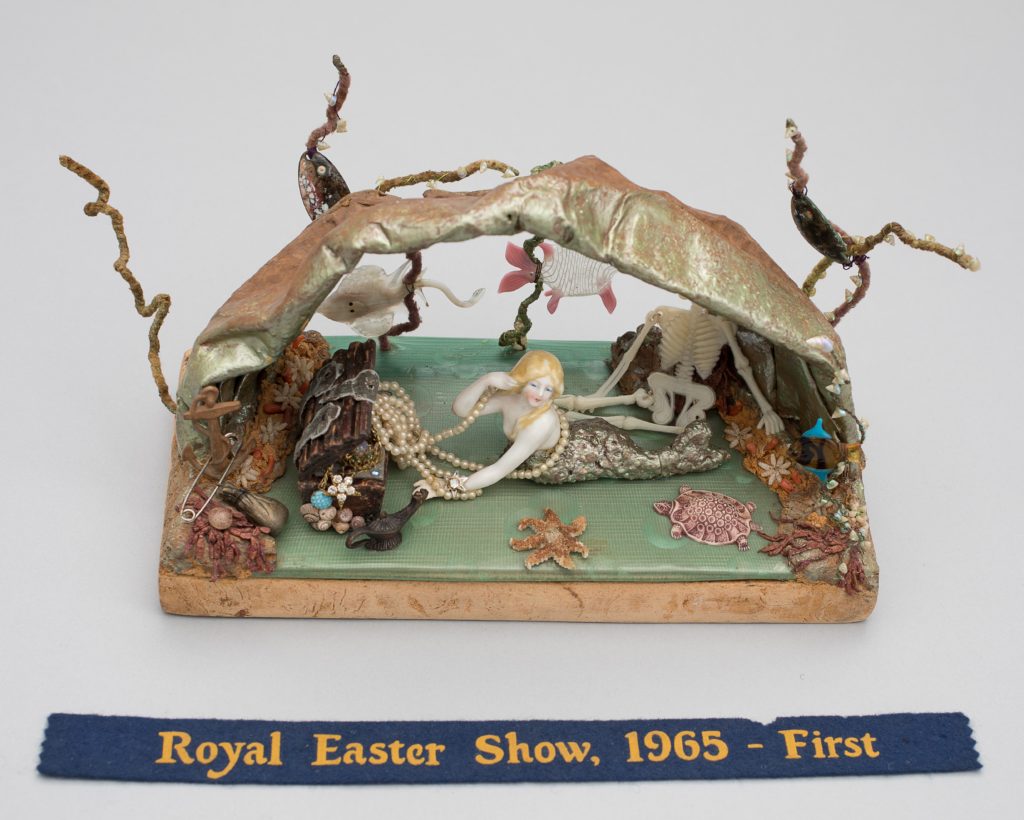
If you grew up in Sydney in the 1950s or 1960s, going to the Royal Agricultural Society’s Show at the old Moore Park Showground was as important as Christmas and your birthday, and much anticipated for weeks before. First held there in 1882, it moved to the Sydney Olympic Park site at Homebush Bay in 1998.
Many show visitors remember the old Moore Park site with great affection, associated with happy memories for generations of families. As well as the livestock competitions there were exhibitions full of entertaining displays and demonstrations from government departments and manufacturers. In the Meat Hall there’d be meat-cutting and cooking demonstrations. As you went around the A.M.P. Pavilion, Commemorative Pavilion or the Manufacturers’ Hall you’d see everything from bread being made from dough to loaf, to models of cities of the future. Always popular were the Commonwealth District Competitions of creatively arranged fruit, vegetables and other produce. The District exhibits go back to 1888 and many thousands of individual pieces would go into the displays.
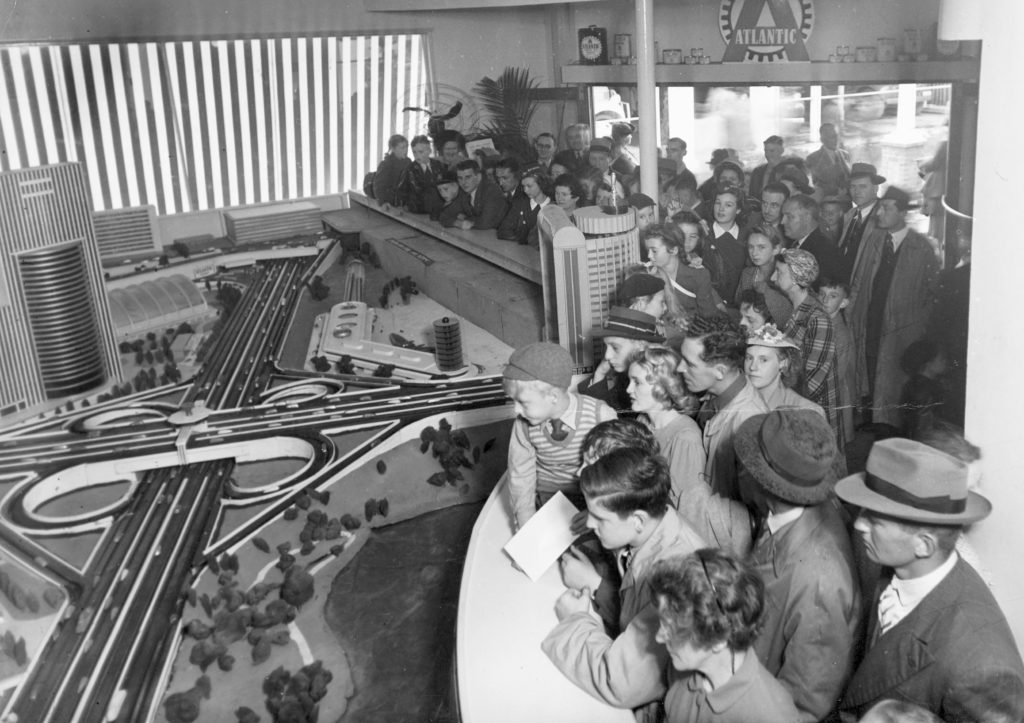
In the Arts and Crafts Pavilion, built in 1956, there were rows of competitive displays of art, embroidery, needlework, tapestry, weaving, pottery, photography, jewellery, lapidary and cooking. Best of all were the amazing and ingenious cake decorating displays. As uninformed amateurs you’d discuss the merits or otherwise of the winners.
Inside the huge livestock sheds and stables city kids could get up close to everything from horses and bulls to chooks and goats with their prize-winning ribbons and certificates proudly displayed in the stalls or draped over their cages. But the firm favourite for children was the Animal Nursery. Newly-hatched chicks could be seen warming themselves under large brooders while fluffy ducklings, enticed by food to climb a ramp, would slide down a slippery dip into a water tank in slapstick comedy style.
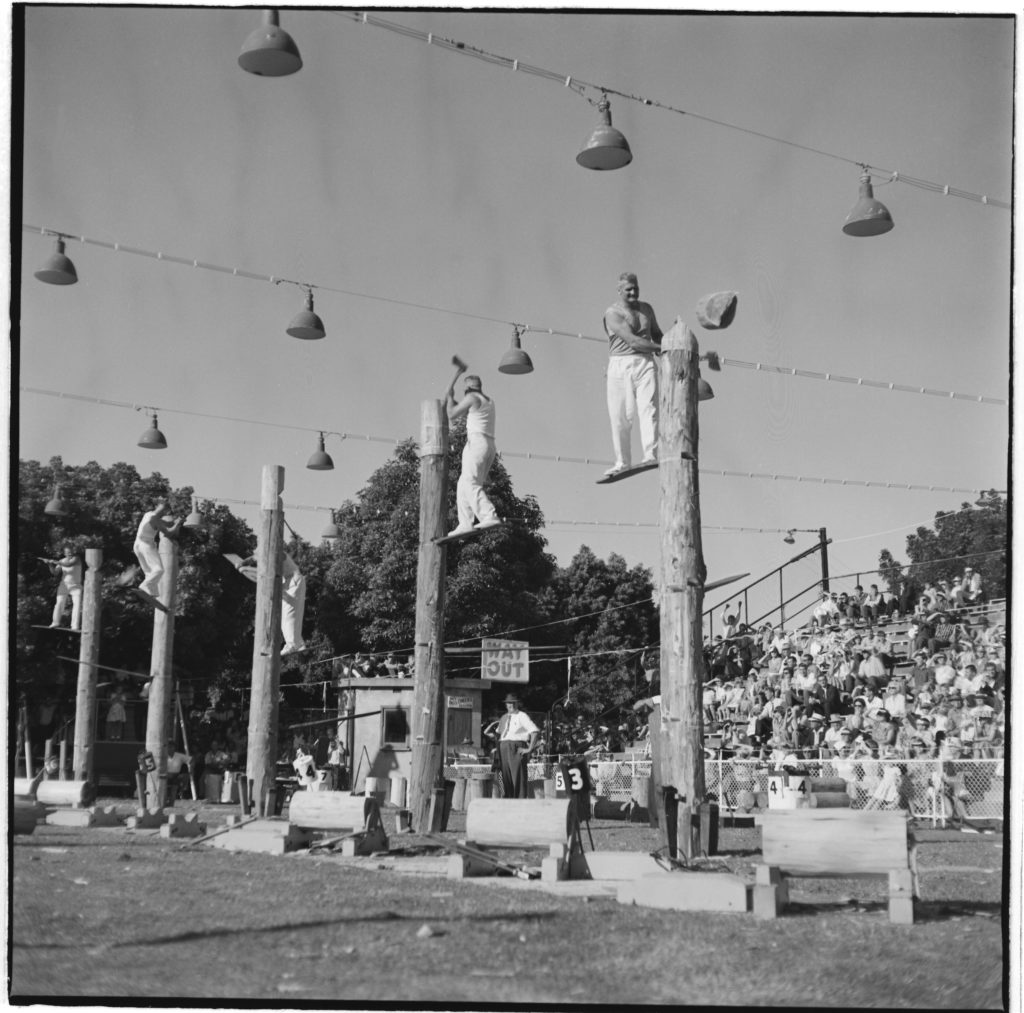
Many families loved watching the sheep dogs in action or the wood chopping. Apparently we’re one of the few countries in the world which had wood chopping as a national sport with professional axemen travelling from show to show tending their axes with loving care. By 1971 over 2,200 logs weighing 150 tons were used at the Show with an electronic device wired to each log to decide split second victories.
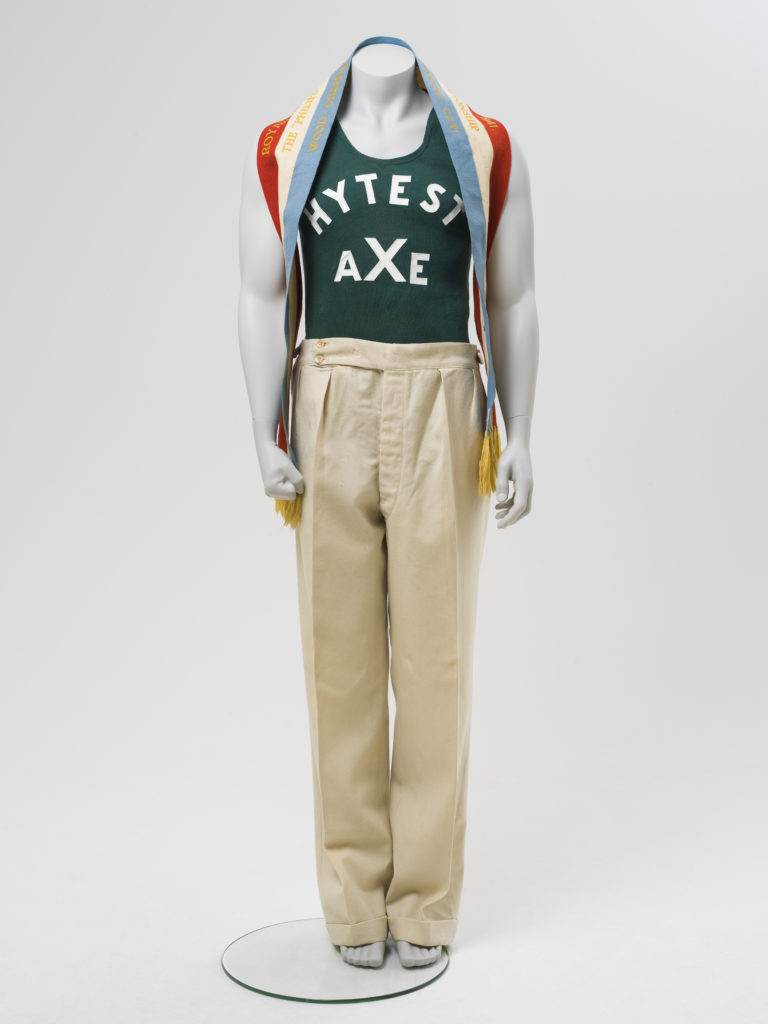
For decades the Show would be the place where the latest agricultural machinery would be shown to prospective buyers, usually farmers. As a seven-year-old, one family member, who shall remain nameless, loved to climb up onto the harvesters and big tractors pushing every lever and flicking every switch. Much to his horror and father’s consternation, one tractor started and lurched forward (evidently with the key in the ignition and in gear).
In 1950 the Show meals comprised a meat pie, bread roll with butter and a pot of tea available in the Luncheon Room while the Country Women’s Association scones, baked onsite by members since 1947, were sold with tea, jam and cream from the CWA Kiosk. One of the classic culinary Show delights was the Dagwood Dog (Pluto Pup or Battered Sav), basically a deep-fried frankfurt on a stick dipped in tomato sauce.
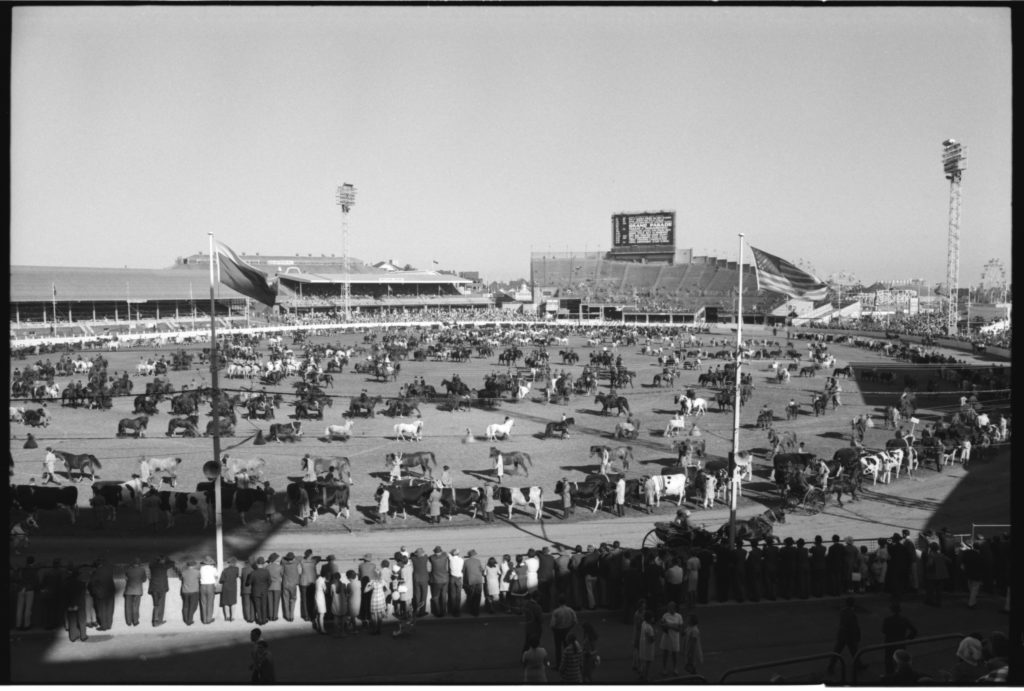
But for many families the cheaper option was sandwiches brought from home, eaten while having a rest in the main arena stands where there’d be the Grand Parade of wining livestock and horses with their brightly-coloured championship ribbons. Other ring events included the New South Wales mounted police musical ride, show-jumping competitions (which until 1959 featured high-jumping and water jumps), international polo and tent-pegging teams, camp-draft events and rodeo contests. Most thrilling of all were the daredevil displays such as high-wire motorcycles, sway pole performances, human cannon balls, and Land-Rovers which amazingly appeared to drive themselves.
Apparently Australia’s first chairlift was erected at the Show in 1968. On the 6-minute ride passengers could gaze across to the arena or down at the throngs below, waiting in queues for sticky, sugary fairy floss. The Show was often packed and you’d have to be careful not to end up in the lost children’s tent. Some older children even wagged school to attend.
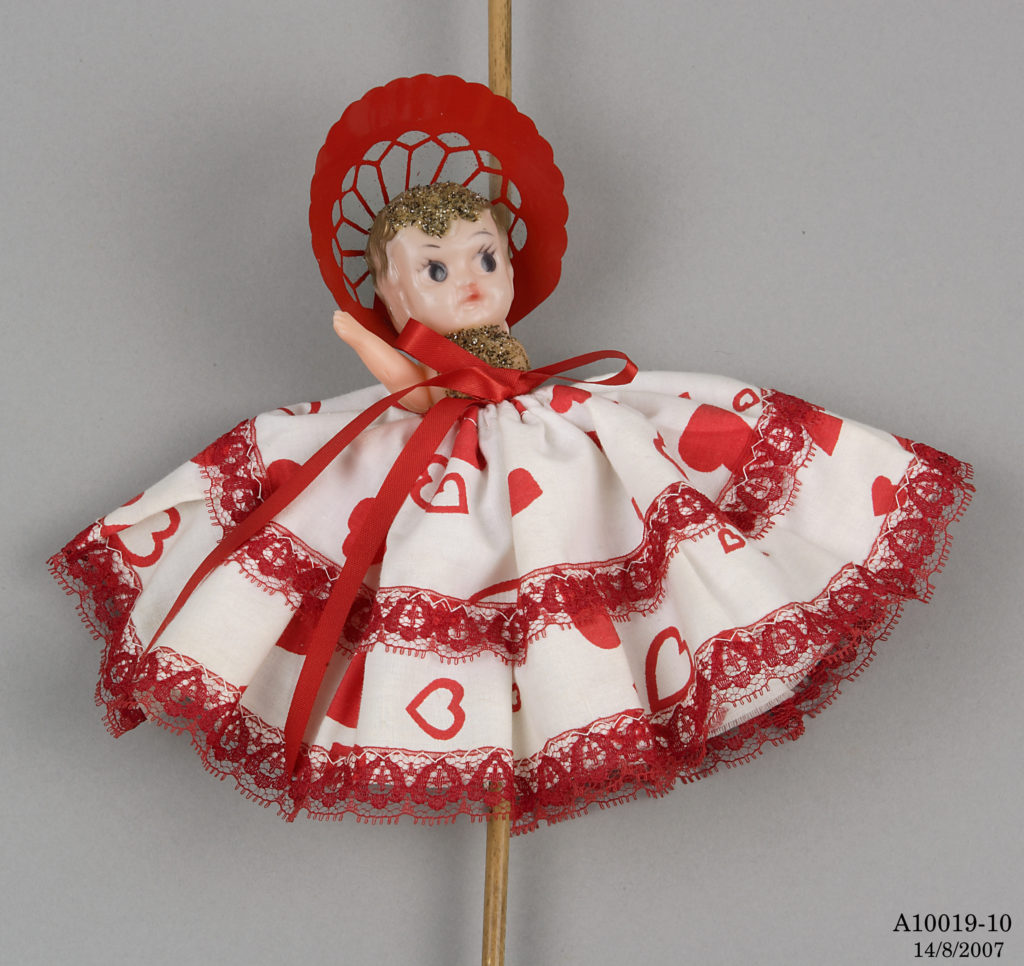
Another great Show tradition and keepsake was the Kewpie doll sold attached to a cane walking stick. The famous plastic dolls with gold painted hair and big eyes were imported from Taiwan and dressed in tulle and lace tutus, made for decades by members of the Faiella family. They were sold at the show from the pink Doll House stand.
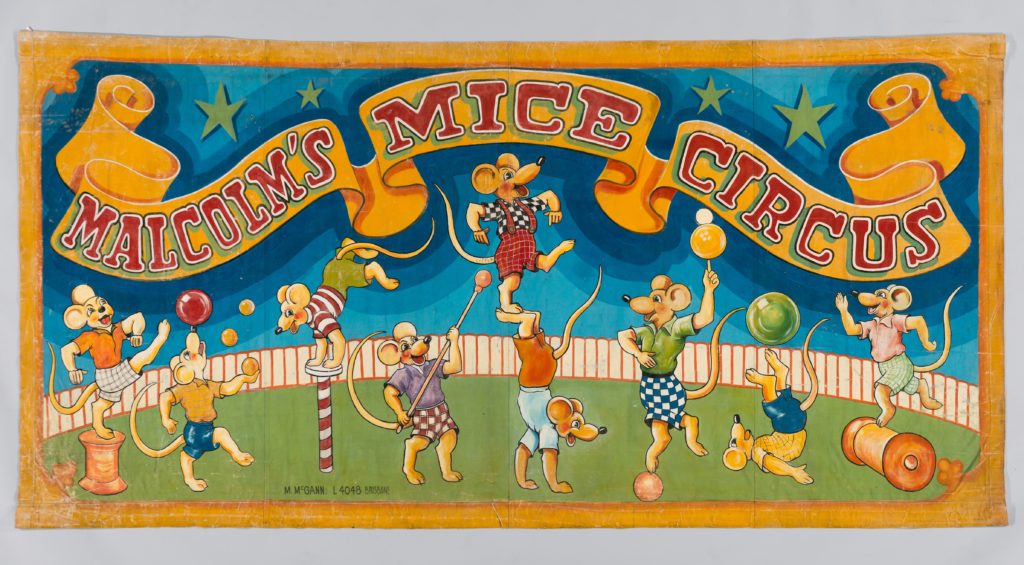
Sideshow Alley had been a part of the show since the 1890s. Its attractions included merry-go-rounds, ferris wheels, big dippers, wild mouse rides and dodgem cars. There were also competitive stalls such as shooting galleries and hoopla, Wild West shows, boxing booths and dancing and singing troupes. Another draw card was the so-called “freak shows”, illusions and death-defying acts.
But better than Sideshow Alley was the sample bag pavilion formally known as the Royal Hall of Industries which had opened in 1913. Your parents always said you’d have to wait until just before going home before getting the bags. Every family made the same decision so the pavilion would be packed at day’s end. In 1949 over 1 million people passed through the Hall during the Show that year.
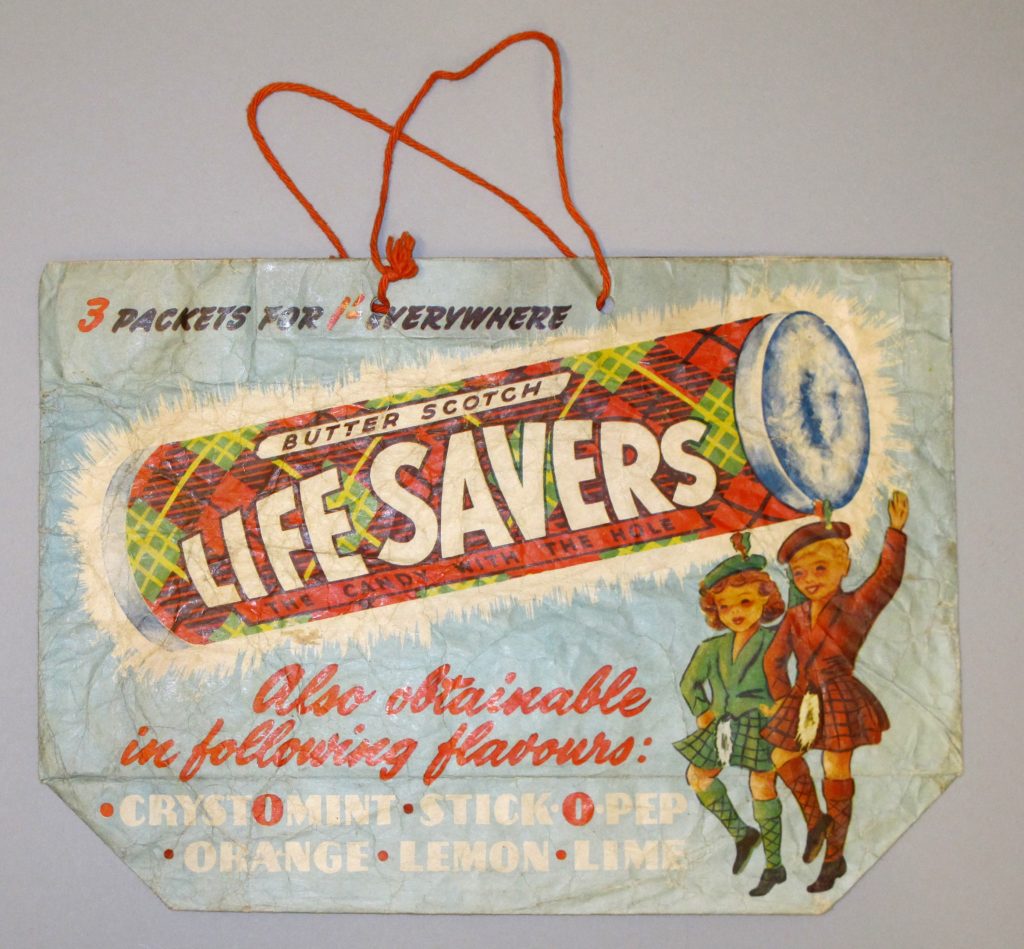
Show bags started out as free samples given out by manufactures including soap, sweets and biscuits. By 1928 they were big business with thousands being sold. Kellogg’s enticed consumers to try Pep, All-Bran and the new-fangled Corn Flakes that year. In the 1930s Foster Clark Ltd sold one shilling (10 cent) sample bags containing custard powder, jelly crystals, milk pudding powders, lemonade crystals and baking powder. Later, the ETA bag was great value with peanut butter, mayonnaise, mustard, and salted, scorched, and sugar-coated peanuts. However, in 1950 many kids couldn’t go past the Minties bag with Minties, chocolateens and a plastic pistol which “really worked”.
With the Easter Show about to open for another year, little has changed. While the show bags have become fancier (some might say tackier) and the rides more exciting, the vegetable displays, cake decorating and wood-chopping remain as popular as ever – as has the enduring Dagwood Dog.
Further Reading
Mant, Gilbert, The Big Show, Horwitz
Publications, North Sydney, NSW, 1972.
Written by Margaret Simpson, Curator, March 2019.
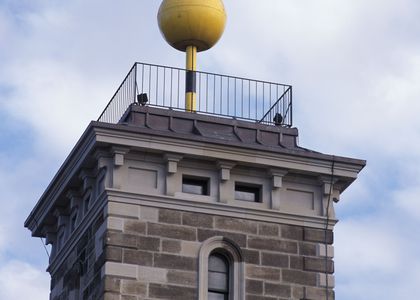
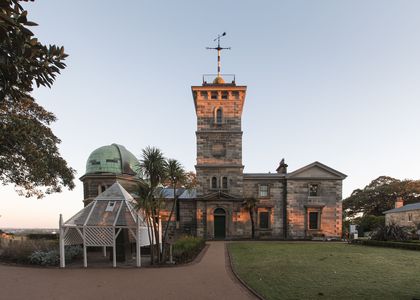
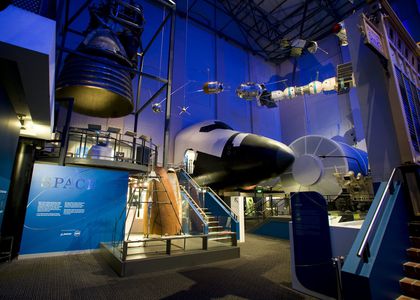
Hi
I would like to research 1970’s Easter showbag inclusions
Any idea where this Archived info could be found?
Thanks
Grant
Numerous chairlifts were built in Australia before 1968. The first was at Falls Creek in Victoria in 1957. A number were in operation in NSW by 1968.
I have a Royal Easter Show, Sydney 1956 French Exhibition programme, would you be interested in it?
Hi Cristine,
Thanks for getting in touch. If you would like to offer this program to the Museum, please email cur-enquiries@maas.museum and it will be forwarded to one of our Curators.
Sarah Reeves, MAAS
Can you please tell me where I could access any photos of RAS Sydney show from 1920s and 1930s
Hi Jan,
As you can see, the Museum holds some photos of the Royal Easter Show, as part of the David Mist collection (more here), but it doesn’t look like any are from the era you’re interested in. You might consider contacting the Royal Easter Show directly – they may hold some archival material. Best of luck with your research.
Sarah Reeves, Powerhouse Museum